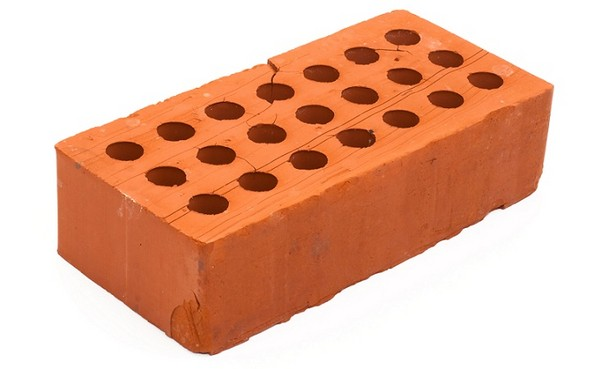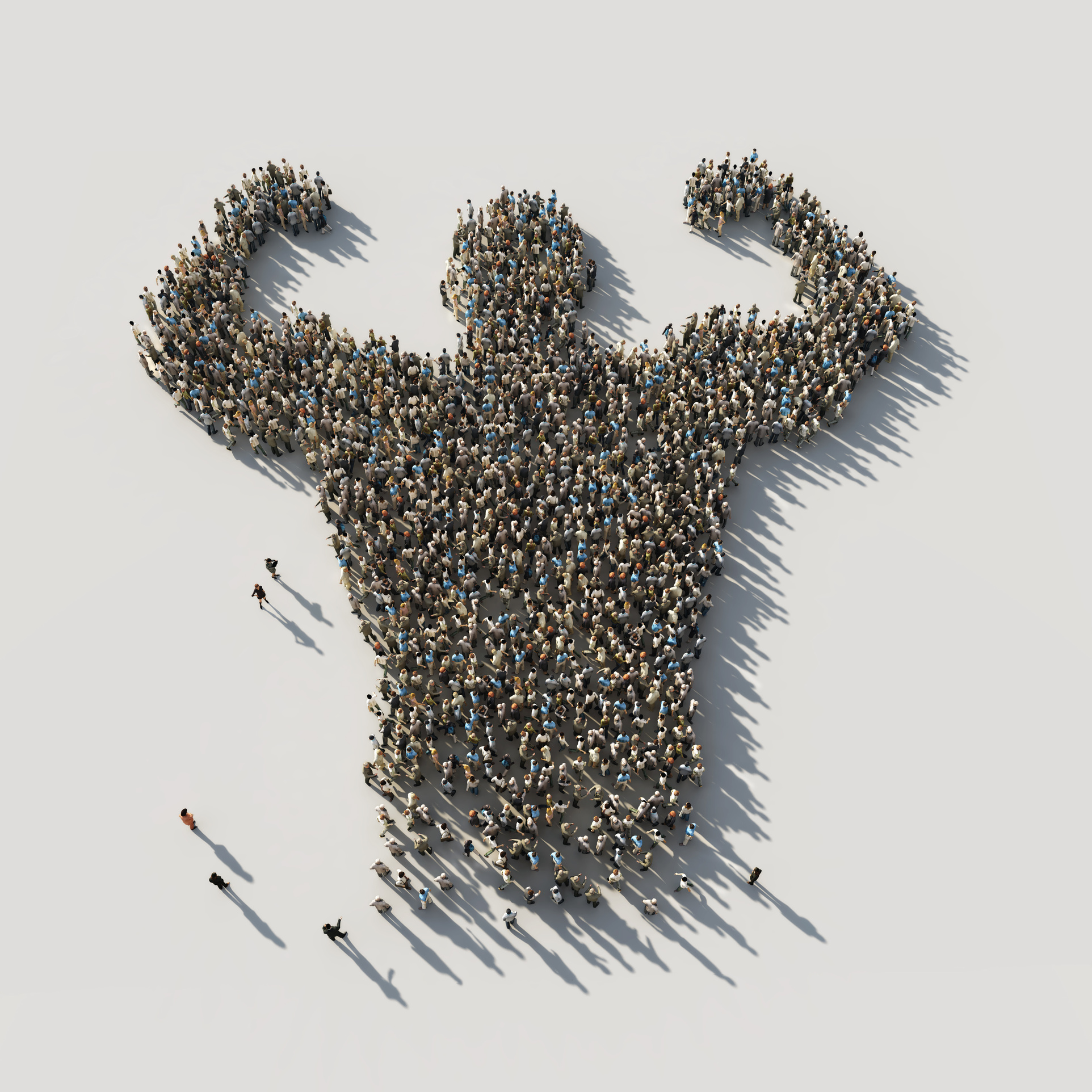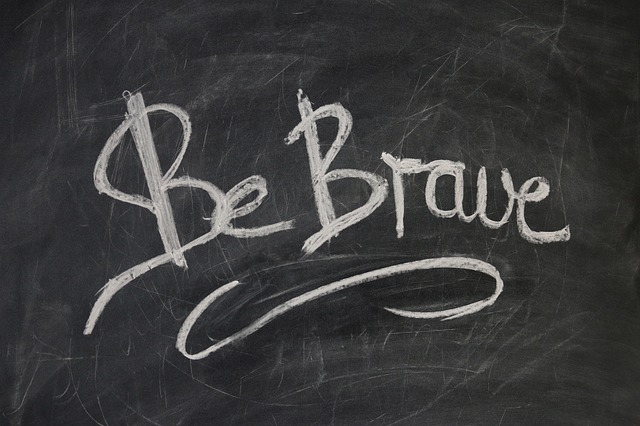What is resilience
The term resilience originally comes from the Latin resilire, which stands for “rebounding, rebounding”. In physics, this also describes a material state that is resistant. Something that can “bear” a lot, but does not collapse. Like a rubbery material. It can be pressed in, but as soon as the pressure subsides, it returns to its original state. Like a squeak duck …

Rubber Ducky vs. King Kong
Relative to humans, resilience stands for “mental resilience”. A degree of mental strength that helps you cope with life precipitation (professional, personal, or health). It is the ability to assert oneself in adverse conditions.
Often, the term resilience is misunderstood. Whoever is resilient is also resistant. Not correct. Especially executives think that one must necessarily – and always – the strong King Kong must mark. No. That is not resilience. A good example to “resilience vs. Resistance “is the following:
Take a real brick and a rubber brick. If you press against the real brick with enough pressure, it will break. The brick made of rubber, on the other hand, reacts elastically. This means that although rubber can be pressed in and deformed, it does not break. Rather, it returns to its original state and can “endure” even more pressure than the real brick. Like a squeak duck …
Resilience is also called adaptability.

Everyone has to deal with rainfall and pressure throughout their lives. It is important to get up again after rain and emerge strengthened from crises. That’s resilience. To make one on King Kong and want the world to know that you can control everything at any time and never stumble in life is just one thing: bullshit.
BeBrave – and speak out loud and clearly
Resilience is more than “just” dealing well with rainfall and pressure. Much more.
But how do you recognize resilience?
How to recognize resilience
Resilience is mental strength. But how do you recognize resilience or mental strength? In the literature (and also via Google) you will often find the term “The 7 pillars of resilience”. Under this term, it explains how to recognize resilience. If you know that, then you can start right there and promote resilience. Resilience is learnable.
The 7 pillars of resilience
Leaving the victim role
Resilient people do not see themselves as victims. They do not focus on others and do not give themselves over to fate. People who do not see themselves as victims and know that they can actively change their own situation are aware of their self-efficacy.
Tip: Look at your achievements in the past. No matter if big or small. Where did you actively contribute? Found? Then take this memory with you, to your next (professional or private) challenges.
Acceptance
Sometimes not everything is “round”. But you accept this. At the same time, one also accepts that this condition is temporary. It will change again. For the better. Guaranteed. For those who accept crises & Co. are ready to tackle and deal with them.
Tip: Accept the defeat, the crisis or whatever “pushes” you in the knowledge that you (at least) can reach your “original form” again.

Responsibility
Taking responsibility is difficult. Responsibility to “carry” sounds even more stressful. Nevertheless, who takes responsibility – and actively precedes – promotes its resilience.
Tip: Even if you do not dare or are afraid of … dare, take responsibility and you will see that you grow in it.
Optimism
The resilience factor “optimism” is a true miracle weapon. Always thinking that you will achieve your goal (whichever) is not easy. However, it is very easy for resilient people, because at crucial moments they switch from “objective, hesitant, doubtful” to “optimistic”. They just hide everything, which is the exact opposite of optimism. And no, it’s not just negativism. Your whole life is full of the opposite optimism: “I have no time” – or – “how should I finance that? – or – “how can I do it all?”, Etc.
Tip: If you have an important decision in front of you, hide everything. Except for one: Imagine what it would be like if you had already reached your goal. No, not now, not even on the train, at work or in the car. Your goal is something special, then “look” at your goal achieved in a special moment. You do not need to look for the moment either, because if you hide everything, the moment will find you.

Solution orientation
The orientation towards the solution, instead of getting stuck in the problem, is characterized by resilience. Creativity arises from a problem. Because a problem requires only a single activity: to look for a solution. Sometimes the solution may be unconventional, creative as well. Nevertheless, not to stop and look for a (new) solution, that is resilience.
Tip: Concentrate on what is possible, not on what is right now. If at any time failures, precipitation, etc., can happen, then at any time the opposite can happen. In which you let it happen, because you orientate yourself afterwards. After the solution. Your solution.
Network
The most important factor of resilience. The social network is the strongest resource for resilience promotion. But also something “to connect with each other” or “without limits in the head” to think, so everything networked, is one of them.
Tip: The strongest executives are children? How so? You ask questions! Ask questions, network (appreciative!) With other people, use the energy and power that a network offers. Get out and “left-behind” you!

Goal orientation
Resilient people keep their goal firmly in focus and do not let it go. Come what may. No matter how steep the slope gets, no matter how long it takes to arrive at the destination. Is that something special? Yes, because most people give up too early, whether at work or in private life. Whether it’s starting a business, successfully implementing a project or implementing a training method, the number that keeps coming up is 10. Only 10% (or even every 10th) make it. Approximately. Still too little. Very little.
Tip: Do you remember your “stubborn optimism”? Combine it with “stubborn target tracking”, then you not only approach your goal, but also promote your resilience. You will reach the goal, at all costs.
7 + 1 pillars
Resilience is the “nonetheless” in life. Resilience can also be trained. A Resilztraining is not as effective as it is “sold” in the public, because only the concept of the “7 pillars” is not complete. It does not do any good to read the “7 pillars” to people and to motivate them with tips to promote these 7 pillars with them if they lack the courage. Courage is not just an additional pillar that is essential for resilience promotion, it is even the most important.
Courage
We need courage. You need courage. Above all, to promote resilience. Because we need courage to leave the comfort zone. We need courage to fully accept defeat so that we can start again. We need the courage to move forward and take responsibility. We need courage to stubbornly – and against all adversities – still optimistic, even if everything speaks against it. We need the courage to seek solutions (for whatever problem) on unknown terrain. We need the courage to open up to others, to trust them and to be an appreciative part of a network. We need courage to stick to the goal – come what may.
Tip: just be brave!

BeBrave – and promote your resilience











